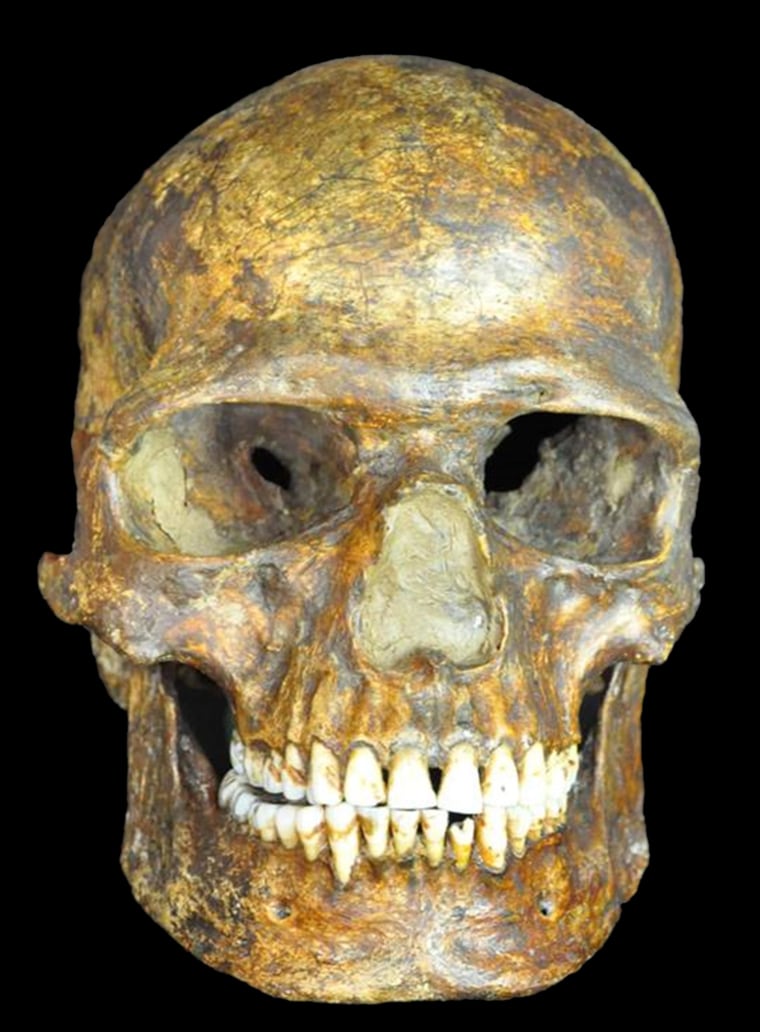DNA extracted from the skeleton of a man who lived in Russia about 37,000 years ago is giving scientists new insights into the genetic history of Europeans, including interbreeding that took place with Neanderthals around 54,000 years ago.
Scientists said on Thursday that they used DNA taken from the man's left tibia to sequence the genome of one of the earliest known Europeans. Genetic analysis of the Kostenki man, named after the western Russian village where his skeleton was first unearthed 60 years ago, enabled a more precise estimate of when Homo sapiens interbred with Neanderthals who had colonized the region thousands of years earlier. It provided evidence of contact earlier than previously known between European hunter-gatherers and people from the Middle East whose descendants developed agriculture. And it showed that by the time the Kostenki man was born, somewhere around 36,200 to 38,700 years ago, the people residing in western Eurasia had already split from the lineage that populated East Asia. The research was published in the journal Science.

IN-DEPTH
- Nearly Neanderthal: Skulls Reveal Evolutionary Steps
- Shocking Theory: Humans Hunted and Ate Neanderthals
- More Clues About Neanderthals From 45,000-Year-Old Bone